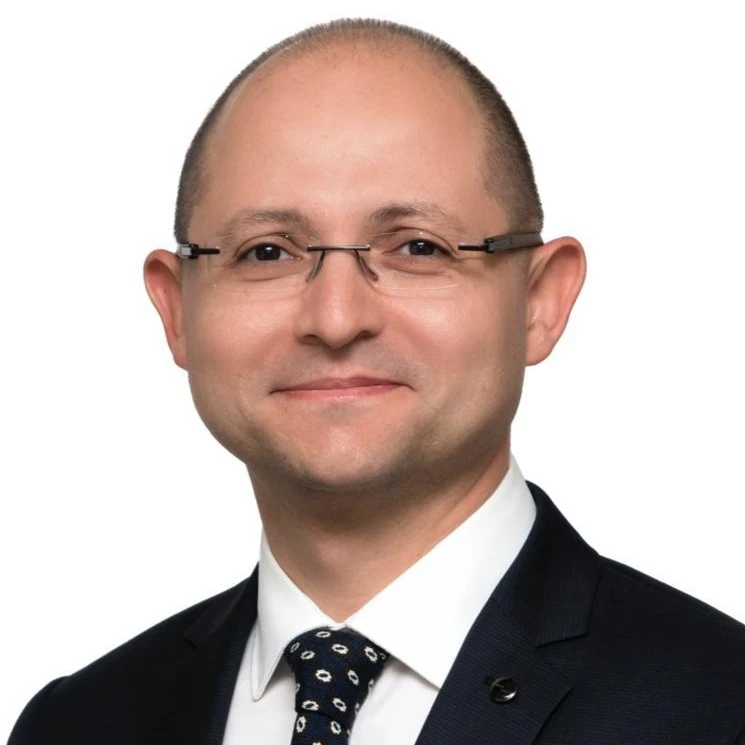3521 - Comparative Evaluation of Quality of Life with EORTC-CR29 QoL Questionnaire between Nonoperative Management and Surgical Patients Following Total Neoadjuvant Treatment in Locally Advanced Rectal Cancer
Presenter(s)

S. Senyurek1, D. Karahacioglu2, B. Gurses2, M. Vural3, D. Sezen1, N. Kilic Durankus1, S. E. Oymak4, S. Lacin5, F. Selcukbiricik5, E. Balik6, Y. Bolukbasi1, P. F. Yumuk7, N. Molinas Mandel5, D. Bugra6, and U. Selek1; 1Koc University, School of Medicine, Department of Radiation Oncology, Istanbul, Turkey, 2Koc University, School of Medicine, Department of Radiology, Istanbul, Turkey, 3VKF American Hospital, Department of Radiology, Istanbul, Turkey, 4VKF American Hospital, Department of Radiation Oncology, Istanbul, Turkey, 5Koc University, School of Medicine, Department of Medical Oncology, Istanbul, Turkey, 6Koc University, School of Medicine, Department of General Surgery, Istanbul, Turkey, 7VKF American Hospital, Department of Medical Oncology, Istanbul, Turkey
Purpose/Objective(s): The quality of life (QoL) was demonstrated to be worse in surgical patients after neoadjuvant chemoradiotherapy in comparison to surgery alone in locally advanced rectal cancer (LARC). Since 2018, our multidisciplinary recommendation has been total neoadjuvant treatment approach with a sandwich protocol (induction chemotherapy, chemoradiotherapy, consolidation chemotherapy) to patients with LARC. Clinical complete responders were closely followed up with nonoperative management (NOM). We have compared the long-term QoL outcomes of the patients with or without surgery following TNT based on our institutional protocol.
Materials/Methods: LARC patients treated between 2018 and 2024 were retrospectively analyzed. We asked 47 patients who had a minimum of six months follow-up and without stoma to complete EORTC-CR29 QoL questionnaire. Questions in the survey were scaled for statistical analysis, with 100 reflecting the best function and situation, and 0 reflecting the worst. After evaluating the results of each question separately, the relevant questions were grouped and calculated as the Global Bladder Score (GBS), Global Bowel Score (GBowS), Global Anal Sphincter Score (GASS), Global Tenesmus Score (GTS), Global Body Score (GBoS) and Global Sexuality Score (GSS).
Results: Survey included 27 patients in NOM and 20 patients in surgery group. The distribution of tumor location and median age were similar between the two groups. There was a significant difference in T stage and gender distribution. GASS, GBowS and GTS were significantly better in the NOM group (GASS: 92.48 vs 72.38, p: 0.001; GBowS: 95.12 vs 87.38, p: 0.006; GTS: 96.85 vs 78.44, p: 0.001). GBS and GBoS were similar in both group (GBS: 89.06 vs 89.90, p: 0.84, GboS: 90.96 vs 87.00, p: 0.09). GSS was significantly worse in male in the surgery group (p: 0.003), while no difference was recorded in female (p: 0.3).
Conclusion: In our cohort, we have quantitatively noted a better QOL in patients with NOM following TNT in comparison to whom underwent surgery without complete response.
